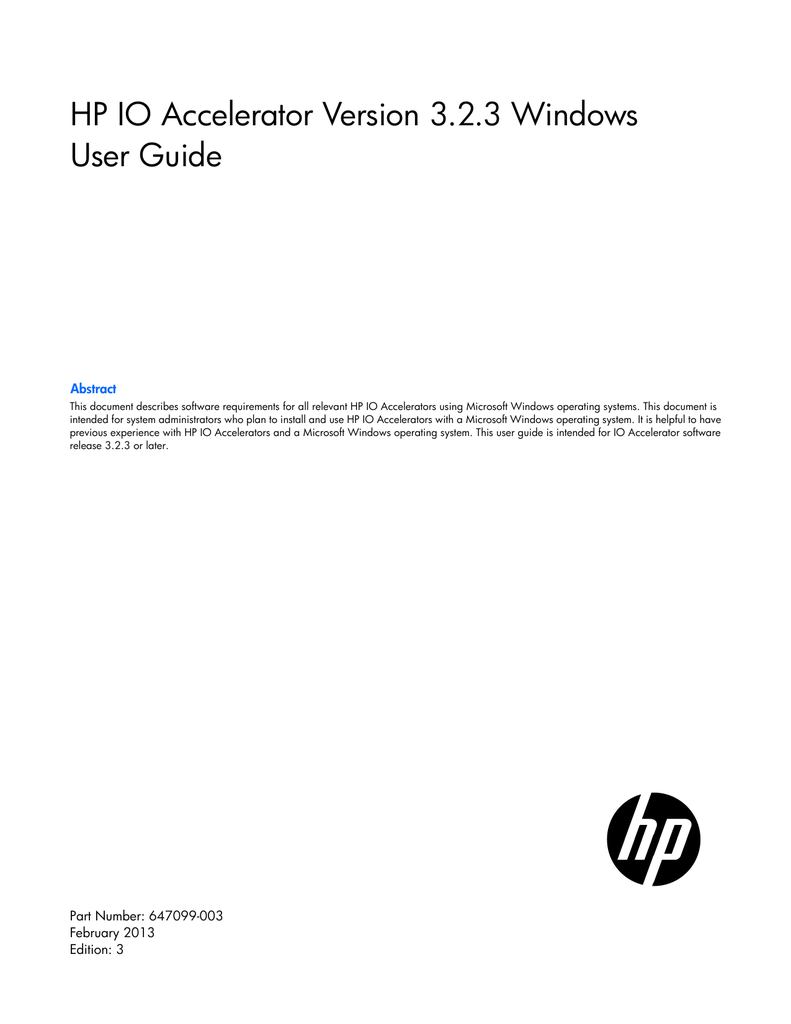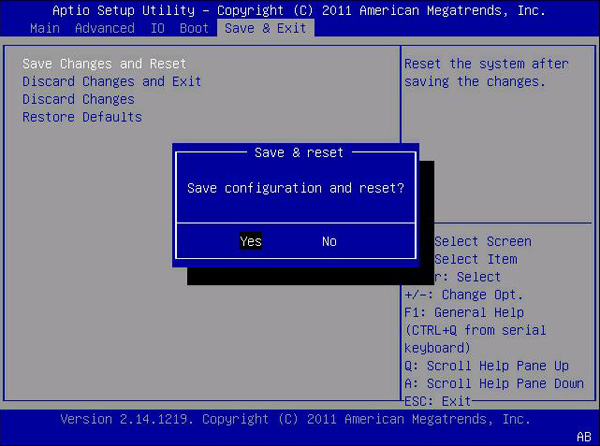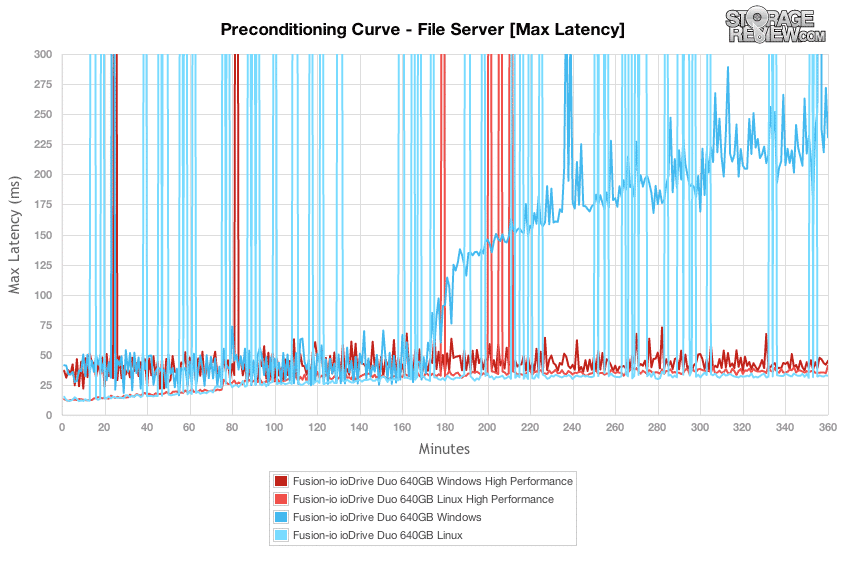- Download the latest drivers, software, firmware, and diagnostics for your HP products from the official HP Support website.
- Download the latest drivers, firmware, and software for your HP Jet Fusion 3D 4200 Printer.This is HP’s official website that will help automatically detect and download the correct drivers free of cost for your HP Computing and Printing products for Windows and Mac operating system.
- Download Driver Fusion for free. Update, backup, clean and monitor your drivers & devices! Get the latest version here.
Today I installed an ESXi host with an Fusion I/O Accelerator card and I would like to share my experience with you.
Background
This server will be used by VMware Horizon to run VM’s on it.

IO and Read/Write Performance HP PCIe IO Accelerators offer superior IO performance up to 892,000 READ IOPS and 935,000 WRITE IOPS, and high throughput up to 3.0 GB/s READ and up to 2.5 GB/s WRITE. Latency HP PCIe IO Accelerators offer very low latency access to data, as low as 15 microseconds to write a 4K. The file you need is the “Fusion-IOlibvsl-offline-bundle-%version%” file which is under “Utilities”. Download the file and extract the zip file, and you should see similar to the below. Now we need to either copy the vib file to a datastore OR use something like WinSCP to copy the file to the host.
Hardware
HP ProLiant DL380p Gen8
HP 1.6TB HH/HL Value Endurance (VE) PCIe Workload Accelerator
Documentation, firmware and drivers
http://h20565.www2.hpe.com/hpsc/swd/public/readIndex?sp4ts.oid=7169465&swLangOid=8&swEnvOid=4166
Installation of ESXi
The first step when installing ESXi on a new HP server is to run the HP Proliant Support Pack to update the server with new firmware versions (if applicable).
After updating the server I installed and configured ESXi. Now it was time to add a datastore, but when I tried to add a datastore there was nothing to add. I hoped to found the I/O card and create a datastore on it.
RTFM
Because I was unable to add a datastore on the I/O card I started looking for information and found documentation, firmware and drivers. The “USER GUIDE FOR VMWARE ESXI” was very helpful and explained what to do. This guide explained how to install drivers manually, but because I expect to install much more of these servers I hoped to automate the installation of the drivers.
VUM
I was hoping to add the drivers to VUM, create a baseline and apply the drivers to this (and in the future to others) host. I added the drivers below to the Patch Repository in VUM by using the Import Patches feature:
– libvsl-1.0.0-550-offline-bundle.4.1.2.428.zip
– scsi-iomemory-vsl4-55L-4.1.2.428-offline_bundle-2368400.zip
Hp Fusion Io Driver
I used the above drivers because I use ESXi 5.5 U2. If you are using ESXi 5.x (not 5.5) the use these drivers:
– libvsl-1.0.0-550-offline-bundle.4.1.2.428.zip
– scsi-iomemory-vsl4-5X-4.1.2.428-offline_bundle-2366406.zip

Now it is time to create a baseline. I called mine: HP I/O Driver. The baseline type is Host Extension and I added both drivers to this baseline.
This baseline can now be attached to hosts containing I/O cards and you can start remediating the host(s) to install these drivers.
Firmware
Now that the drivers are installed I was hoping (again) to add a datastore. Still no luck. So I went back to the user guide and noticed the following: With the command fio-status you can check the status of the I/O card. I did this and noticed: Attach status is “Status unknown: Driver is in MINIMAL MODE:”. The user guide explained that this could have something to do with the firmware version. So next step: Update firmware.

Fusion Io Card
On datastore1 (ESXi is installed on a local SSD disk) I created a folder called Bundles and put the firmware file in that folder (ioaccelerator_4.1.2-20141212.fff).
Now I can update the firmware by running the command below from the console:
fio-update-iodrive -d /dev/fct0 /vmfs/volumes/datastore1/Bundles/ioaccelerator_4.1.2-20141212.fff

After 5 or 10 minutes the firmware was installed and I rebooted the server.

After the reboot I was finally able to configure a datastore on the I/O card.
Bandwidth and PCI slot
When running the fio-status command again I now see the I/O card to be online and Attached. I do get a warning message however about the PCI slot. I think this can be solved by moving the I/O card to a different (faster) PCI slot. Maybe I’ll update this post once this is done.
Other settings
The user guide also talks about: Power settings, how to format the I/O card correctly, how to address possible memory issues, Disable CPU Frequency Scaling and Limiting ACPI C-States. So I recommend you to read this guide carefully and consult you manufacturer for these kind of settings. The user guide is from SanDisk (I think HP rebranded it) and not from HP so before adjusting any setting contact you manufacturer. Maybe I’ll update this post once the settings become clear.
~~~UPDATE~~~
HP investigated this issue and gave the following recommendations:
- Install the IO accelerator in the PCI Slot 5.
- Adjust power settings in BIOS
- HP Power Profile – Max Performance
- HP Power Regulator – HP Static High Performance Mode
- Advanced Power Management Options – Minimum Processor idle state – No “C” states
After changing the BIOS and moving the card to a different PCI slot the warning disappeared.
